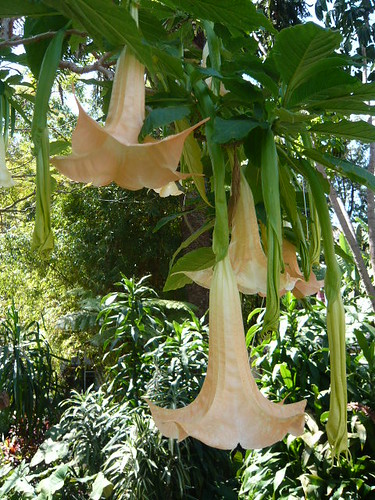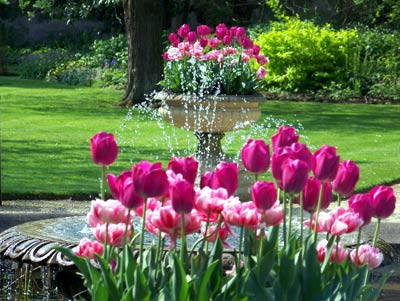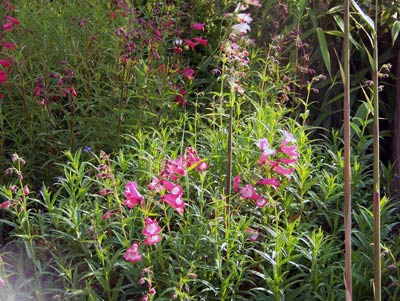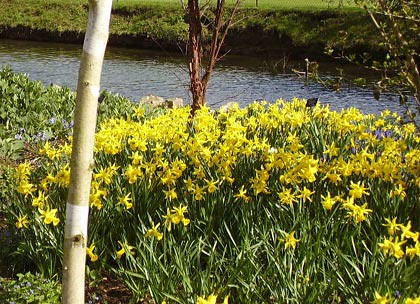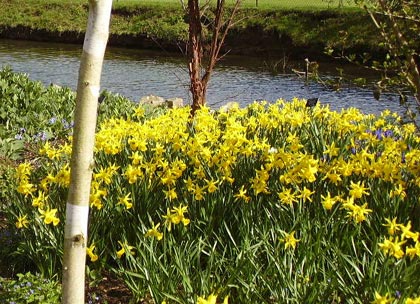
Tomatoes are great fun to grow. They can also be very rewarding; to get a bigger crop follow these simple but effective tips.
- Pinch out side shoots to focus energy on forming fruits rather than green growth.
- Pinch out the growing tip when 6 trusses have formed Allowing only 5 -6 branches enables the energy of the plant to be focused on the 5 trusses; this will maximise the yield.
- Cut away ruthlessly any diseased or dying leaves. It is important to allow sufficient air to circulate, especially around the base of the plant.
- Keep the area clean and tidy, this helps to minimise the spread of fungal diseases common in tomatoes.
- When the flowers are blooming, give the plants the odd flick with your finger, this helps to pollinate the plant. This can be useful, if there are not many bees in your greenhouse.
- As temperatures rise, keep the plants well watered. Also it helps to water down the greenhouse in the morning. This helps keep the temperature lower.
- Feed little and often with tomato food
- Stake plants to support the growing weight of the tomatoes.
- In October take the green tomatoes and place next to ripe apples, this will help the green tomatoes ripen extending the cropping season into October and November.
I always under perform on my greenhouse tomatoes – against my brother-in-law at least.
This year I am trying lots of varieties including old favourites, Ailsa Craig, Moneymaker, Shirley and Gardeners Delight. Hopefully at least one of them will live up to my demands and if not it will be down to my inconsistent watering, failure to feed properly or not pinching out or removing excess leaves.
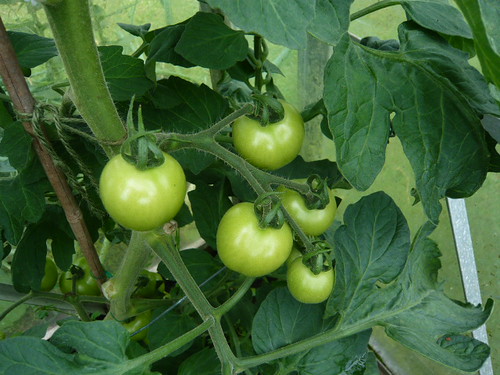
Some other hints and tricks of the trade
- Add a spoonful of sugar to your watering can every now and then
- Pinching out side shoots helps increase the fruit yield and if the shoot is about 4” long it will probably root as a cutting in moist soil and give you an extra plant.
- Grow a bush variety like Supersweet 100 in between cordons in your greenhouse for greater variety and use of space
- To encourage good pollination and fruit setting tap the plants to dislodge pollen as you go past
- Try a ‘Tumbler’ tomato in a hanging basket for small cherry tomatoes
- Remove growing tip from greenhouse plants in August or when 6-7 trusses have set. Outdoors when 4-5 trusses have set
- Put a couple of banana skins under each plant -it may be an old wives tale but they do have lots of Potash
- Stake plants in the greenhouse and run a support wire to tie heavy crops too
- Grow some French Marigolds close to tomatoes to discourage aphids and white fly
- Spread the fluff from your Hoover around the base of established plants
- Wrap green tomatoes in newspaper at the end of the season so they can ripen slowly
See also: Tips for growing tomatoes

